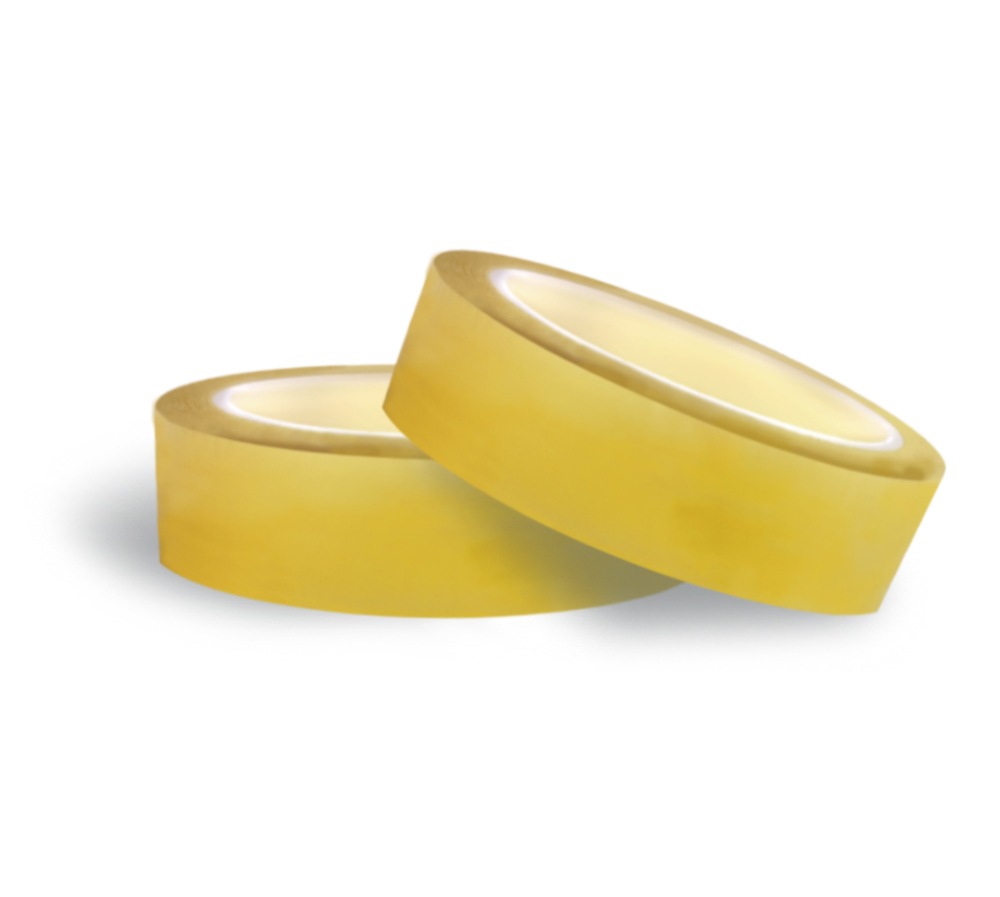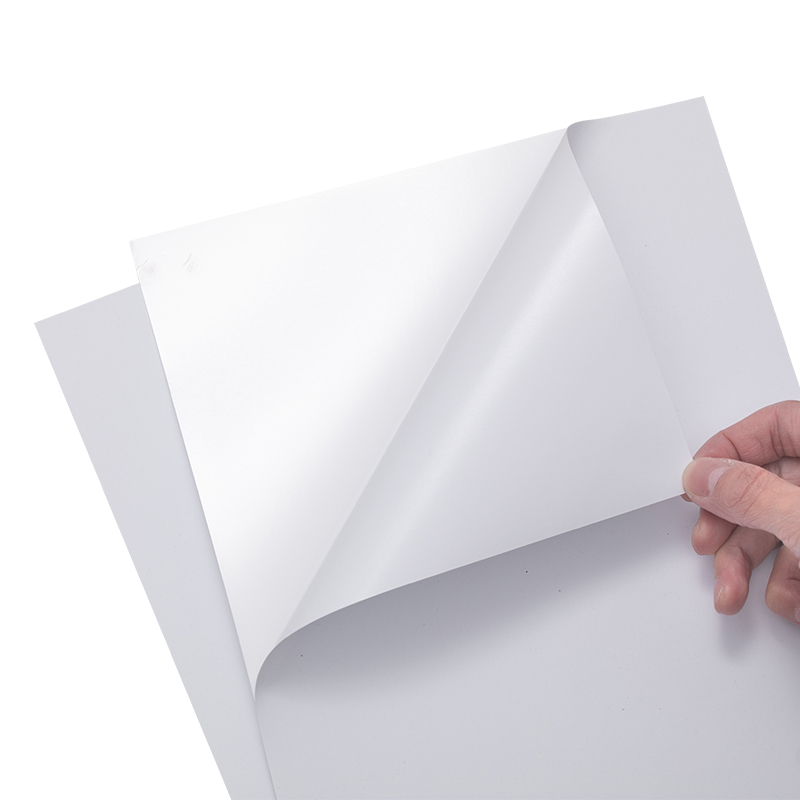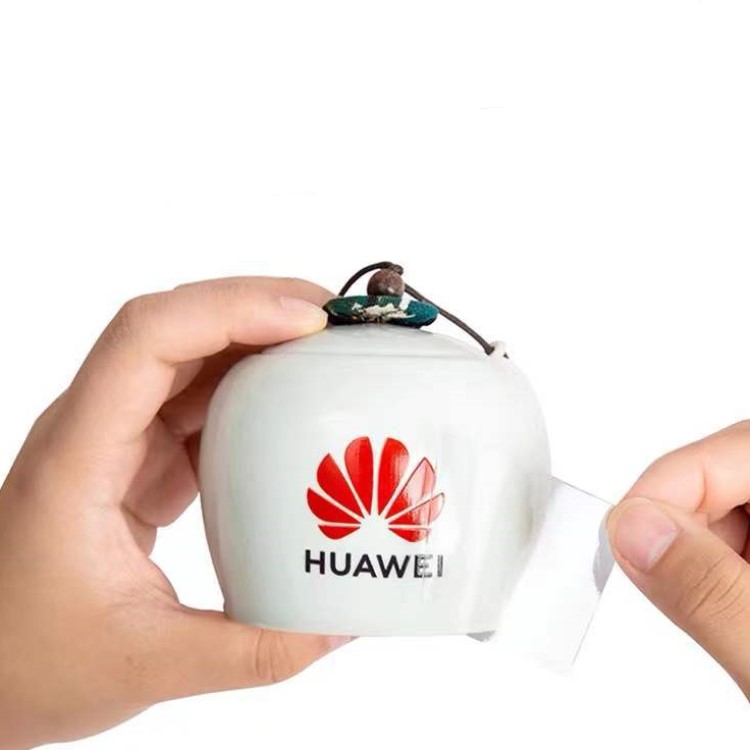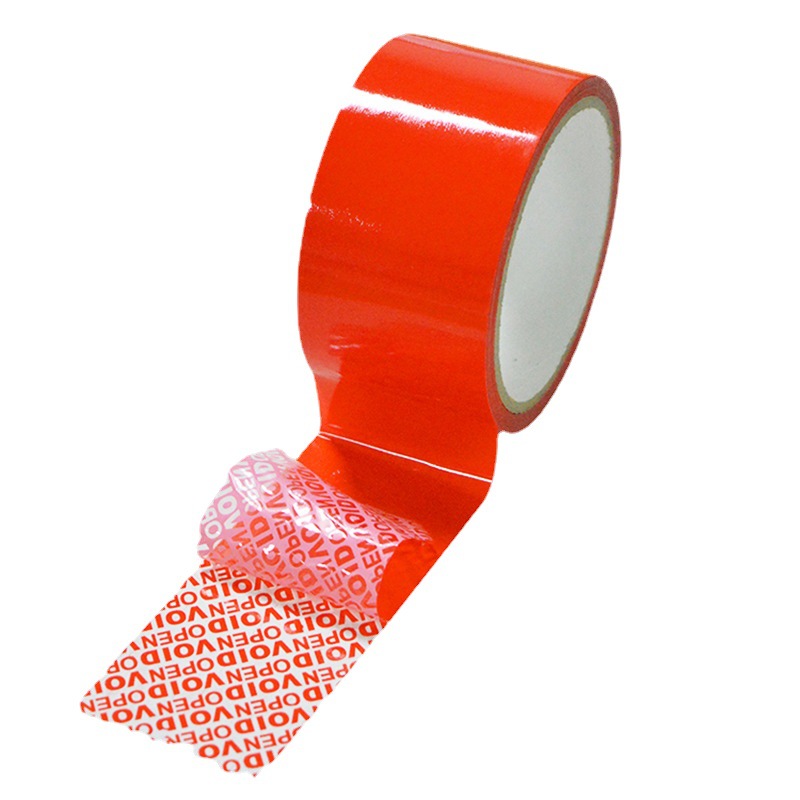Characteristics of daily chemical labels
1. Diversified printing materials and printing methods
At present, there are a wide variety of daily chemical products with diverse uses and properties. There are labels printed on paper or composite paper, labels printed on petrochemical polymers, and labels printed on glass or metal. Labels can be printed separately and pasted onto products, such as adhesive labels; It can also be directly printed on the surface of the product, such as printed iron labels; It can also be printed and combined with daily chemical containers, such as film labels. The diversity of printing materials inevitably brings about diverse printing methods< br /> The industry development trend of green and environmentally friendly packaging and exquisite packaging has put forward higher requirements for the printing quality of daily chemical labels. It not only requires the appearance of daily chemical labels to be printed beautifully, with low printing costs and flexible use, but also requires easy recycling and reuse as well as anti-counterfeiting. This has accelerated the use of various printing methods and post press processing techniques, as well as environmentally friendly printing materials, to achieve more accurate and beautiful color and detail reproduction for daily chemical labels
2. Integration of Product Description and Product Display
With the development of society and economic globalization, daily chemical products, especially cosmetics, have become important products in various commercial supermarkets and stores. The competition in the daily chemical industry has gradually integrated the originally separated product packaging and product display, and has also promoted the use of various printing methods and composite printing materials for daily chemical labels to integrate the two functions of product description and product display, making daily chemical labels revolve around "; The product is aesthetically pleasing, with accurate labeling, stable performance, and unique craftsmanship; To design and print products based on demand orientation, ensuring the quality of daily chemical labels; Beautiful appearance, exquisite texture, durable and reliable
3. Has good durability and chemical stability
Daily chemical products have unique sales and usage environments, requiring not only specific functions that meet packaging requirements for daily chemical labels, but also stable physicochemical properties such as water resistance, moisture resistance, compression resistance, wear resistance, tear resistance, and corrosion resistance. For example, frequently used facial cleansers and cream must be resistant to extrusion, abrasion and tear. If the daily chemical products have not been used up and the surface labels have been damaged or separated, consumers must have doubts about the quality of the products. Shampoo and shower gel used in bathrooms, washrooms, and other places require their daily chemical labels to have water resistance, moisture resistance, and corrosion resistance, otherwise they may be misused due to label detachment, resulting in danger. So, the physical and chemical testing of printed daily chemical labels is significantly different from other printed products
What should be noted when selecting label materials?
1) For cylindrical bottles, especially those with a diameter less than 30MM, careful selection of materials is necessary
2) If the label size is too large or too small, attention should be paid to conducting actual tests
3) If the object being pasted is an irregular surface or even a spherical surface, there are specific considerations for the type, thickness, and adhesive of the label material
4) Some rough surfaces such as corrugated cardboard boxes can affect labeling, and the gloss on the surface of corrugated cardboard boxes can also have an impact
5) Automatic labeling machine labels, and labeling tests can be conducted if necessary
6) Even if the label is labeled at room temperature, attention should be paid to whether it has experienced high temperatures during export transportation and use
7) The characteristics of adhesives can be affected by environments with high water or oil content, and attention should be paid to the environment and temperature for label labeling
8) Sometimes plasticizers may seep out from the surface of soft PVC, so special attention should be paid to selecting the appropriate adhesive
Due to the fact that surface materials are the substrate and have their own physical and chemical properties, it is not complicated to choose the appropriate surface paper for different end products. However, the selection of adhesives is not as easy as choosing surface materials
Different adhesives are suitable for different objects and labeling requirements. Glass utensils require labels to be removable within a certain period of time after being affixed, and the adhesive itself will not cause damage to the glassware or leave adhesive residue. The same applies to stationery products and furniture products. The performance labels on air conditioners and refrigerators used in households also have this characteristic. But most of them do not need to be torn off after being pasted, and are permanently attached to the object being pasted
The main factors to consider when choosing adhesives are as follows
1) The material of the object being pasted: paper, plastic, metal, glass, ceramic, etc. (with different surface tension)
2) The shape of the object being pasted: flat surface, curved surface, curvature size of the curved surface, bottle diameter size, etc
3) The surface condition of the object being pasted: flatness, roughness, cleanliness, humidity, etc
4) Labeling methods: manual, self labeling, speed and pressure during labeling, etc
5) Labeling environment: temperature and humidity during labeling, cleanliness of the labeling site, and whether there is dust in the space
6) Storage environment: humidity, ultraviolet radiation, etc. of the labeled products and the adhesive label materials before labeling
In the labeling process, it is easy to overlook that the labeling personnel are concerned about the chemical adhesion of the adhesive label material itself and underestimate the mechanical adhesion. In fact, under certain labeling pressure, using suitable adhesives can make labeling safer. The exception is that the hot melt adhesive series is not suitable for sticking to PVC materials, as the chemical composition of the adhesive itself reacts with the plasticizer composition of PVC, resulting in adhesive leakage and damage to the surface being pasted
Belt vulcanization label material
Used for belts, hoses, air springs, and other rubber products. Print real-time variable data on pre printed materials using a heat transfer printer, and then transfer it to rubber materials through heat transfer and pressure transfer. The heat and pressure generated by vulcanization can permanently transfer the identification onto the rubber. It can also be applied after vulcanization, and different colors can further distinguish the type and production line of the product. Provide efficient product management solutions for belt and rubber enterprises
Features and Advantages
There are multiple colors that can be used before and after vulcanization. It can be used for low-temperature printing of EPDM rubber and fluoroprene rubber. Real time variable data can be printed on pre printed materials, and the barcode and visible text recognition rate are high after vulcanization
Material List for Belt Vulcanization Labels


High temperature resistant steel label material
The steel industry identification is specifically used for coating metal label materials on steel formed parts such as plates, coils, wires, and bars. At the same time, excellent coating technology makes barcode printing and printing feasible. Due to the special nature of the industry, label materials must withstand extreme high temperatures, acid and alkali, oil stains, and friction during production and transportation, as well as various impacts such as harsh weather conditions
High temperature resistant steel labels are used in extremely harsh production environments for steel and aluminum materials. Excellent coating technology makes them suitable for heat transfer printing, with an extreme temperature resistance of 1300 ° C; C。 Used for tracing information such as steel grade, production batch, production flow, specifications, weight, etc. throughout the entire heat treatment process
Application
Marking of plates, wires, rods, coils, and pipes
Steel wire, steel coil, and section steel
Aluminum products
Continuous casting production, die-casting molds
High pressure gas cylinder
Inventory management, process management
Features and Advantages
Multiple materials and different thicknesses
Polyacrylic acid adhesive and silicone, halogen-free
Excellent printing and printing effect
Can withstand 1300 ° C; High temperature, high-strength substrate, tear resistant
Super adhesive, resistant to chemicals, moisture, and dirt
Thermal transfer printing coating, compliant with REACH and ROHS standards
Printable ceramic barcode label material
Glass ceramic bathroom label materials can be used for identification and barcode management of ceramics, glass, light bulbs, steel, and wheel products. After permanent curing, the label and printed image can withstand 1300 degrees Celsius; High temperature and excellent friction resistance
Used for belt and ceramic bathroom label materials, it can be used for metal and ceramic product identification and barcode surface, 300° C or above can be permanently cured in 30 minutes, and after curing, it can withstand 1300 degrees Celsius; High temperature, excellent wear resistance, water washing resistance, and scratch resistance
Features and Advantages
There are two types of coatings: transparent and white Easy to print and print
300° C or above, permanently cured for 30 minutes, and can withstand 1300 ° C after curing; C high temperature
Can be used on the surface of ceramics, glass, and light bulbs
Wear resistant and scratch resistant
Can withstand the harsh production environment of the ceramic bathroom and glass industry
Ultra high temperature resistance and good performance
The substrate is made of inorganic materials Waterproof, acid-base, most oil stains, and low-fat solvents
Usage
1. Immerse the label in water and remove the backing paper. The label will curl up in the water, and after a while, the water will penetrate into the label. After 5-10 seconds, the backing paper can be torn off< br /> 2. When applying labels, it is necessary to slowly slide one side of the label onto the object to attach the label. Avoid label wrinkles and air ingress. If the label is wrinkled or air enters, it may be easily peeled off
Material List for Printing Ceramic Barcode Labels

We offer comprehensive technical support, including free professional labeling solutions, advice on label materials and adhesive selection, as well as online/offline assistance from professional software and hardware engineers. Service email: andy@ownlikes.cn. In pre-sales, we leverage our extensive experience in specialty labeling projects to provide clients with the most suitable hardware solutions. Additionally, all our label barcode printers and scanners come with a three-year free warranty, demonstrating our confidence in our products.






This site is protected by reCAPTCHA and the Google Privacy Policy and Terms of Service apply.